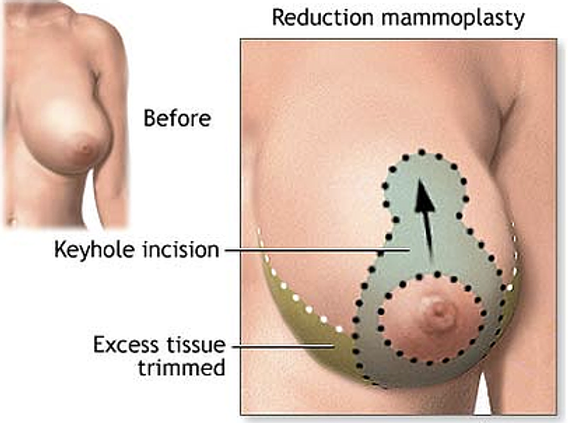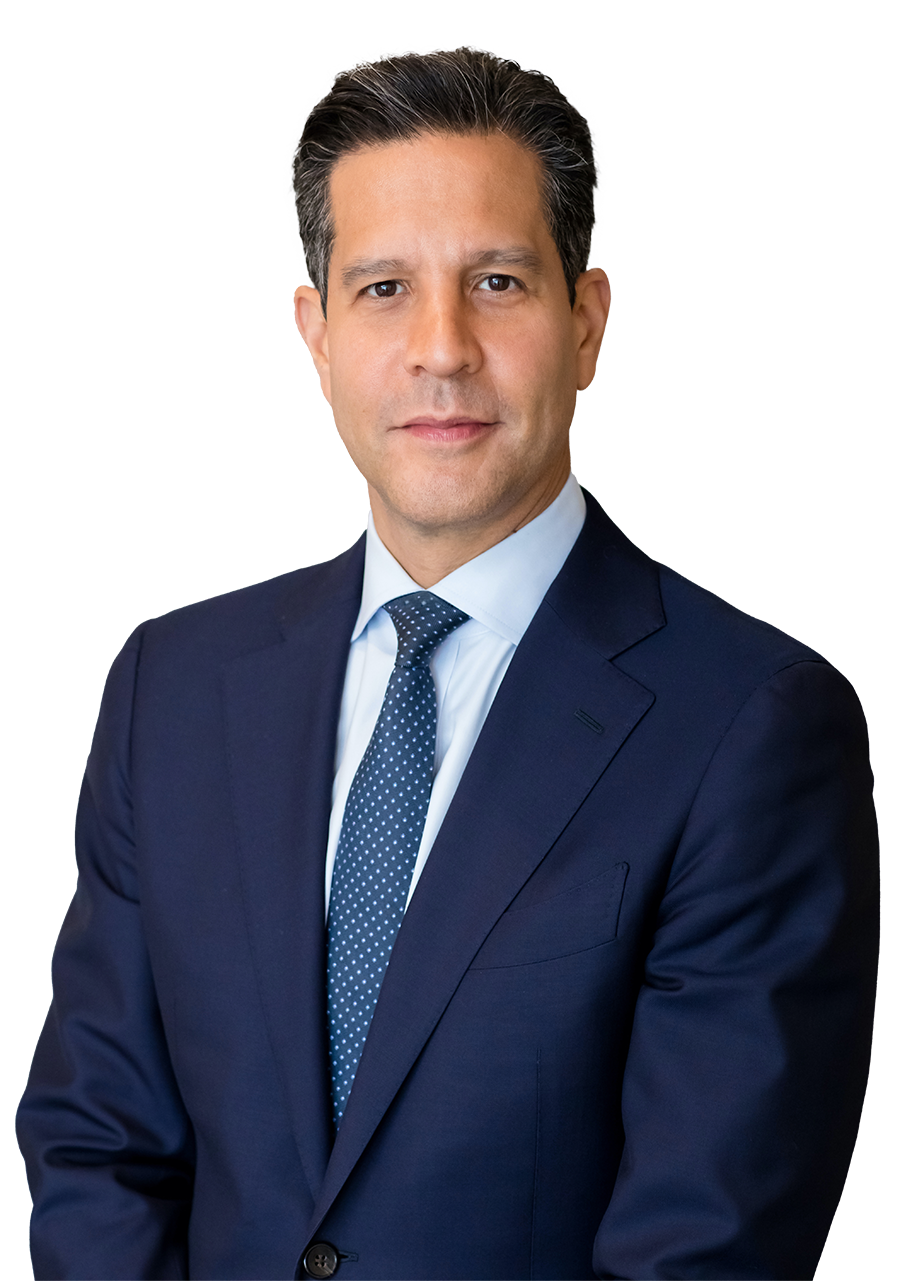Best Breast Reduction In Los Angeles
Dr. Diaz is one of the most sought after breast surgery specialists. In fact, he is a Diamond member of Allergan, placing him in the top 3% of all Plastic Surgeons performing breast surgeries in the country. A consultation with Dr. John Diaz is unlike any other. Dr. Diaz spends an entire hour with you during the consultation explaining every detail of the operation and answering all of your questions. He also utilizes 3 dimensional imaging to show you what your results will look like. There is simply no other consultation that can match the experience you will have with Dr. Diaz.

Allergan Diamond Status
Top 3% Of Plastic Surgeons In The Nation.
Google / Yelp / RealSelf
4.9 Star Rating / 515 Reviews
Highest Antibacterial Standards
One of the lowest rates of infection after surgery in the world.
1,000s Of Surgerys
One of the lowest rates of infection after surgery in the world.
Alpha Omega Alpha Award
Top 10% Of Medical Students In The Nation
Dr. Diaz is often featured on TV and in magazines for his expertise in Breast Reduction. Dr. Diaz was asked to perform a breast reduction for the Dr. Drew show. You can watch the video .
3D IMAGING
Dr. Diaz is one of the few surgeons in the world who has a Vectra System for Breast Surgery. This advanced imaging and software system allows you to see, in 3D, what the results of your surgery may look like. Click on the video to see how this system works.
THE SURGERY
Breast reduction techniques are categorized by the type of skin incisions used and the position of the breast tissue and gland that will form the new breast. The technique most commonly used by surgeons is a combination of a modified Wise Pattern skin incision combined with an inferior pedicle of breast tissue and gland.
The diagram below shows the basis of this technique. The dotted lines indicate where the skin incisions are made. This is called the modified Wise pattern. The area in light green color, located on the sides, is where there will be a removal of breast tissue and gland to reduce the size of the breast. The area in blue color is the breast tissue and gland which remains intact and is left over to form the new breast. This is called an inferior pedicle because the base of the tissue is located at the inferior (or lower) aspect of the breast. Note that the nipple and areola is never removed. It is simply moved up to the new position.

This diagram below shows what happens during surgery. The incisions are made on the skin. The excess breast tissue and gland is removed and the breast size is reduced. The nipple is not removed, but rather is moved upward to its new and higher position. The incisions are then closed. Not only is the size of the breast reduced, but the breast is also given a more “perky” shape along with smaller and more asthetically sized nipples and areola.

Dr. Diaz is an experienced breast reduction surgeon. He was invited by Dr. Drew to perform a breast reduction on national television. Click on the video above to see an overview of breast reduction surgery.
BREAST REDUCTION
Breast reduction surgery is designed for women who suffer from symptoms caused by the large size of their breasts. Many women with large breasts have back pain, neck pain, shoulder pain, bra strap grooving, breast skin rashes, discomfort in certain types of clothing and difficulty with physical activity.
A breast reduction can be incredibly beneficial to a woman’s quality of life. It can not only relieve the symptoms listed above, but it can also improve self esteem and confidence in clothing and in social situations. The benefits of breast reduction are clearly extensive.
In this website, Dr. Diaz has compiled all of the information you will need to become informed about breast reduction surgery. In it, you will find videos, diagrams, photos and text to help you understand every step of breast reduction surgery. There is also information on health insurance and payment options.
We encourage you to call or contact our office if you have any additional questions or concerns. Our goal is give you outstanding care and service from start to finish. We look forward to seeing you in the office!
About Dr. John Diaz
Dr. John Diaz is an Ivy League graduate from Cornell University. He received a scholarship to attend the prestigious Albert Einstein College of Medicine in New York. Dr. Diaz graduated medical school with the highest honors and for this he received the Alpha Omega Alpha Award, which is given to only the top 10% of medical students in the country.
He completed his training in Plastic and Reconstructive Surgery in N.Y.C. where he had the privilege of working alongside some of the most famous plastic surgeons in the world. Dr. Diaz is a published author of articles on plastic surgery. He received a degree with Distinction in Plastic Surgery Research for his work.
He has received awards from the New York Regional Society of Plastic Surgery, Montefiore Medical Center and the Albert Einstein College of Medicine. Dr. Diaz is a medical staff member of the renowned Cedars Sinai Medical Center in Los Angeles, CA and has a private practice in Beverly Hills. He is the Past President of the Los Angeles Society of Plastic Surgeons and has presented lectures on plastic surgery throughout the United States.
He has been featured as a plastic surgery expert on a variety of television programs including CNN, Dr. Drew’s Lifechangers, and HLN, to name a few.
Dr. John Diaz is a board certified plastic surgeon in Beverly Hills, CA
![]()
![]()
![]()



![]()

PATIENT REVIEWS
ALMOST 20 YEARS OF EXPERIENCE. THOUSANDS OF HAPPY PATIENTS.
HUNDREDS OF FIVE STAR REVIEWS.
HIGHEST OVERALL RATED PLASTIC SURGEON IN LOS ANGELES
Media
DR. JOHN DIAZ IS ONE OF THE TOP PLASTIC SURGEONS IN LOS ANGELES.

LA Magazine just recognized Dr. John Diaz as one of the best plastic surgeons in Beverly Hills and Los Angeles. He has also published a book entitled Comprehensive Guide to Breast Augmentation.
DR. DIAZ ON INSTAGRAM

